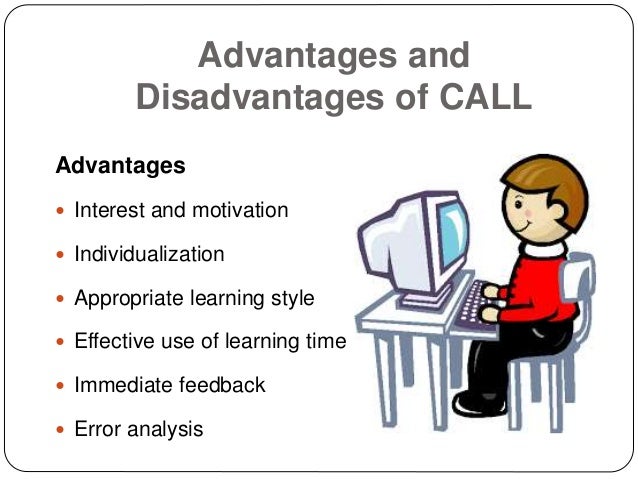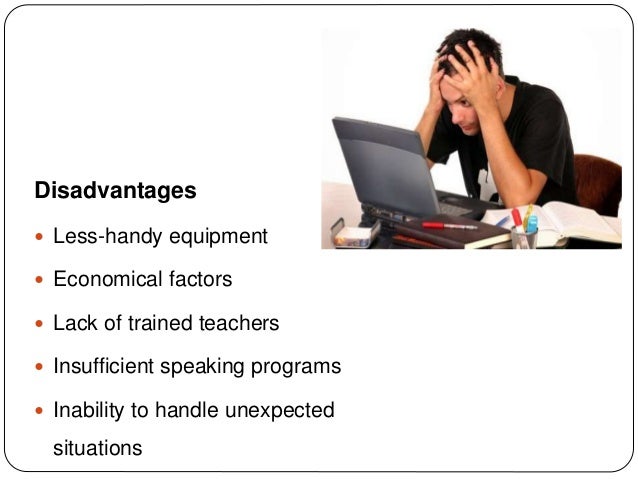Computer Assisted Language Learning and English Language Teaching in Thailand: Overview
💥The development of Computer Assisted Language Learning (CALL)💥
As for development of CALL, Warschauer & Healey 1998) suggest that CALL can be generally categorized based on three teaching methodologies dominant in ELT: behavioristic CALL communicative integrative CALL.
👉Behavioristic CALL is recognized as the first phase of CALL. It was introduced in the 1950s and implemented in the 1960s when the audio-lingual method was widely used in language instruction. Most of CALL in this phase repetitive language drills-and-practice activities. Taylor (1980) referred to drill and practice courseware as a tutor presenting drill exercises without feed-back component. ln this regard, the computer serves as a vehicle for delivering instructional material.
👉Based on communicative approach, Communicative CALL, the second phase of the development of CALL, emerged in the late 1970s and early 1980s. The focus of this phase is placed on using the language or functions rather than analysis of language forms. According to Warschauer (1997), the first communicative CALL software g., t reconstruction and language games) continued to provide students with language skills practice, but not in a drill format like in the first phrase.
👉Integrative CALL, the third phase of CALL, started in the 1990s. As described by Warshauer & Healey (1998), integrative CALL was developed in an effort to address some criticisms of the communicative approach by both integrating the teaching of four language skills into tasks to provide direction and coherence and the development of multimedia technology. That is, CALL in this stage allows for a combination of sound, graphics, text, and video presented in one computerized program together with computer-mediated communication or CMC, and further facilitates efforts to teach the four macro skill including listening, speaking, reading and writing (Hubbard, 2009).
💥Advantages and Disadvantages of CALL in Language Learning💥
First, the use of CALL to support in language learning provides students with the authenticity of the input. At this point, students can have an opportunity to interact one or more of the four core skills, namely listening, speaking, reading, and writing because they have to use or produce text meant for an audience the target language, not the classroom (Garrett, 1982) Teachers can use CALL to provide easy authentic access to a variety of language learning resources and multimedia components of dynamic and such as input in all areas of language that teachers could not offer without additional teaching aids.
Second, in alignment with the output hypothesis as articulated by swain (1995), CALL, especially computer mediated communication or CMC, helps encourage foreign language learners to produce comprehensible output. That is, interaction through CMC learners to receive input, to use feedback to monitor their language, a to produce output that becomes input for other learners (Egbert).
Third, since language learners have different purposes, and classroom teachers might not be able to have way of responding to their purposes. CALL is able to provide learners with the kinds of information and support that they require to complete individual tasks and to respond to the diversity of learner needs even within a single classroom structure.


💥Educational CALL Program and ELT in Thailand💥
With the arrival of the Internet, the computer has been transformed from a tool for information procession and display to a tool for information processing and communication both in the society and in the classroom (Sperling, 1998). In response to the rise of the Internet, the Thai government has put a great effort to improve the quality of English language teaching in several aspects. The implementation of the 1999 National Education Act, has prompted a major reconsider in the education sector in terms of both teaching and earning as well as in earning environment.
Tutorial programs are responsible for collecting, presenting and guiding information, teaching rules, as well as teaching problem-solving techniques to students. It presents information in small units with sentences, graphics, and sound. Students can learn content through questions. When the students answer they receive immediate feedback. If their answer is incorrect, they will be helped with corrective teaching less tutorials. This kind of program seems to be very popular for students and teachers because it provides exercise and tests in the same module.
💥Studies on CALL in the Thai Context💥
The rapid technological advances of the 1980s have raised both the demands placed on the computer as a potential learning tool. With the hope to improve Thai learners' English proficiency, previous research on CALL was mostly designed to show comparisons of learning outcomes form a control group with those obtained from an experimental group (e.g., Intratat, 2007, 2009; Maneekul, 1996; Phongnapharuk, 2007; Thongtua, 2008). These studies conducted in the Thai context have congruently emphasized the importance of CALL and teaching English macro skills.


ไม่มีความคิดเห็น:
แสดงความคิดเห็น